|
~Jessica Rath Got ya – you probably thought of chile. But that’s not what I mean, the topic of this article is: grapes. The grapes used for wine-making. Did you know that the first wine-making grapes in the U.S. were grown in New Mexico, not in California? And did you know that the initial reason for producing wine was the Catholic Church? When the Spanish colonists settled in the Americas, including what is now New Mexico, several Catholic religious orders built churches and established missions so they could convert the indigenous populations. Franciscan monks followed the colonists to the upper Rio Grande valleys and to Santa Fe which in 1610 became the capital of Santa Fe de Nuevo México, a province of New Spain. The monks had to celebrate a daily mass, and for the sacrament of the Holy Communion they needed wine – which had spent many months on galleys coming across from Spain, then overland to Mexico City, then from there via trade routes up to the Santa Fe province. The wine was shipped in caskets with lead tops, which was probably poisonous; or it was shipped in goatskins, and by the time it arrived it was probably vinegar. So, the monks used choke cherries for making early wine. The Spanish King had forbidden the exportation of grape vines because he was concerned that the New World would take over wine making. But some monks ignored this edict and smuggled some vines into what is now New Mexico, started to cultivate the stock, and soon produced their own wine – with a variety of grapes that is known as the Mission Grape and is still used today. I learned all this and much more when I visited Stan Bader, owner of Las Parras de Abiquiú, a five-and-a-half acres organic vineyard. “Las Parras” is Spanish for grapevines, the perfect name for this gorgeous property. I wanted to learn more about grape growing and wine making, and I couldn’t have come to a better person. Stan’s obvious love for and extensive experience with this topic make him a veritable treasure trove when it comes to anything related to grapes. Officially, he’s retired. In 1996/97 New Mexico’s department of Agriculture was trying to encourage the growing of grapes, to boost the industry, and Stan thought this might be an interesting thing to do after retirement, as it would allow him to spend a lot of time outdoors. “In 1996 we put our first grapes in and it has been a learning process ever since”, Stan told me. “I put in 200 Cabernet Franc grapes, and supposedly they’re the hardier grapes for cold weather. After one year they grew fantastic, 20-foot long vines. But when we came back next spring and started to prune, we found that they were literally dead. All the way back to the root. I went to an education conference in Albuquerque, and I was asking an old-timer what was the cause, why did this happen. He said, ‘This is the best thing that could have happened to you!’ WHAT? ‘Well’, he said, ‘you tear those out and put something in that will grow’. So that’s what we did. We took everything out, and kept six plants for 10 years, but they were never able to produce except for a couple of years. The roots never died, but the top does.” I wanted to know WHY these grapes didn’t do well, and what other varieties would be more successful? “The grapes used for Cabernet Blanc, Cabernet Sauvignon, Syrah, and other French wines just don’t do well here”, Stan explained. “Partly because of the cold, but also because of desiccation. We have no way to block the cold spring wind that comes down the Chama River, and that wind has extremely low humidity. The vines get dried out. We learned over time that if you keep their feet wet, if you keep the root zone wet over the winter, then the bud that’s produced up on the vine can survive.” “You can take a razor blade and cut across a bud – that will expose the primary, secondary, third, and sometimes even the fourth bud. You’ll see that the primary bud has died, it is brown. But the secondary isn’t. It’s green. It will take the place of the primary. BUT – it’s only half as productive as the first one. And if you lose THAT one, you’re looking at the third one, and that one is there to keep the plant alive and survive that year, but you have to wait for other years to get fruit. We’ve had situations in the 20-plus years that I’ve been growing grapes here that everything, particularly the white grapes, died. And we had to start all over again. The roots are fine, and the little vines from the ground up which are pencil-size or a little bigger, they survive. In the spring the sap is starting to come up. You’ve already done some pruning, and if you can see drops of sap at the tips where you pruned, it means it’s coming alive, the roots are sending the moisture up. But if there’s a cold snap, if it’s in the 20s for a whole night or anything longer than five hours, that’s their death. If it’s under five hours you might get them through. The old trunks are too brittle. The moisture inside is mostly water, that water crystallizes, freezes, and then it expands, but the brittle wood can’t, and it cracks. They can be 1/4-inch wide and go all the way to the ground. That kills the trunk, kills the arms, and you’ll have to take those out. The thin ones, pencil-size or a little larger, are more limber and the freezing doesn’t split them.” “A lot of the popular grapes which come from the Mediterranean area, from France, or from Germany, we can’t grow. But we can grow hybrids. Almost all my grapes are hybrids, except for Riesling: that’s a grape we can grow here. There’s a sweet version of Riesling, and there’s a dry version. They both grow here in New Mexico. Riesling is a popular wine here. While we have problems growing Cabernet Sauvignon or Merlot here in the northern parts, we can grow other grapes, and we learned to make really good wines utilizing these grapes.” I had no idea that grapes are so sensitive but, not everything works here in the valley, Stan says. Other places like Velarde for example, at the mouth of the canyon of the Rio Grande, are much better for growing; people there can grow all kinds of grapes whereas Las Parras can’t. They can grow Riesling, Gewürztraminer, grapes for German wines. “I say that I can tell people more about what NOT to do, than what to do. I learned the hard way. “ “I got into this because of my interest, as a kind of hobby. I ended up doing way more than I should have, my first 200 vines were a mistake, sort of – but other varieties, the hybrids, did well. Like Léon Millot, for example; the French used it to color lighter wines because it has a dark skin for color. They use it to color wines like Pinot Noir which doesn’t have a good dark color, but has great fruiting flavor. The addition of Léon Millot grapes gives the wine a robust color”. For Stan, growing grapes is a lot of work, but also a lot of fun. He warns though that it is very difficult to make a profit. Crop production isn’t all that robust, the vines just can’t produce like they do in California. Also, up here in northern New Mexico the grape vines native to the mediterranean regions (they’re called “vitis vinifera”, different from vinifera hybrids) don’t grow. Wineries pay a premium price for those grapes whereas for the hybrids they don’t. And Stan’s vineyard is too small to have mechanical pickers, so the grapes have to be picked by hand. Plus, they have to be pruned, fertilized, watered, weeded, and if there are any pests, one has to spray. Luckily, here in the north pest control is very minimal, except for powdery mildew which can be controlled pretty easily with a food-grade mineral oil spray. Las Parras is a certified organic, whole farm, but the wineries don’t pay anything extra for organic grapes. Most wineries don’t produce organic wines because all the grapes are mixed together. “On my five and a half acres I’m doing well if I can get close to 20 tons”, Stan is telling me. “Last year we only got about half of that. For one, we had terrific winds in the spring, the whole time when they were in bud-break state and started to flower. That strong wind inhibits pollination. Grapes don’t rely on honey bees, the blossoms are too small; they rely on other native bees, and they can only handle a light wind or breeze. Plus, May AND June had periods when it was blistering hot, close to 100 degrees, that shifts the grape plant down in terms of growth. So they didn’t produce that much.” I was curious to learn where the Las Parras grapes would end up: “ I sell my grapes to four different wineries. Prior to Covid, I was almost exclusively selling to Black Mesa Winery in Velarde. Covid disrupted the wine business, people weren’t going to restaurants, and a lot of the wine is being sold to restaurants. Lots of wineries were left with wine that they couldn’t sell. Now, after Covid, Black Mesa is selling and making hard apple cider, because some parts of the community don’t drink wine very much. They drink beer. Apple cider right now is a hot item, and it can be ordered in bistros and similar establishments that sell beer. So, they don’t need so many grapes, and I sell to other wineries as well: to Tony Black’s Smuggler Winery in Bosque, to Jaramillo Vineyards in Belen, and to Sheehan Winery near Albuquerque.” After the interview we walked across the vineyard a bit. It was a windy, blustery day so I said hello to the resident cat – “He thinks he’s a dog”, Stan said – and then I left. Maybe the next time you drink a glass of wine, if it was produced in New Mexico, you might ponder whether any of the grapes came from Las Parras. And good luck to Stan for this year’s crops!
3 Comments
Mary Pahl
4/21/2023 11:28:07 am
I'm really enjoying all your articles, Jessica. Thanks for writing them! This one is so informative.
Reply
Jessica Rath
4/21/2023 11:58:53 am
Thank you, Mary! I'm learning a lot, too -- it's fun. 😉
Reply
Zoe Rath
4/23/2023 08:56:56 am
Very interesting- I had no idea wind could effect crops growing. Sounds like a lot of work Stan has a very busy retirement, I hope he has a good harvest this year! Is that in late summer?
Reply
Your comment will be posted after it is approved.
Leave a Reply. |
Submit your ideas for local feature articles
Profiles Gardening Recipes Observations Birding Essays Hiking AuthorsYou! Archives
May 2025
Categories
All
|
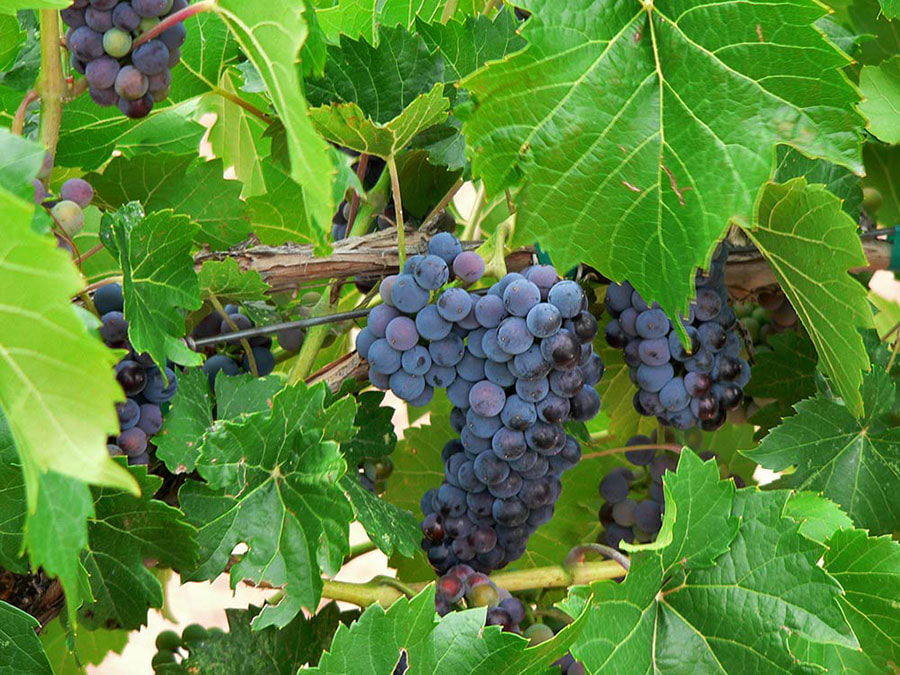

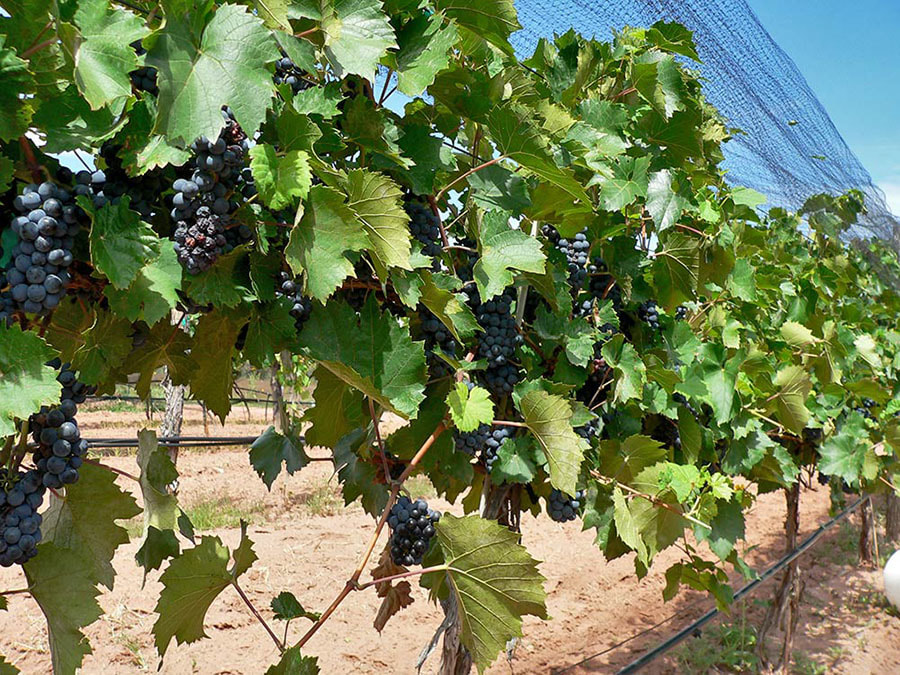
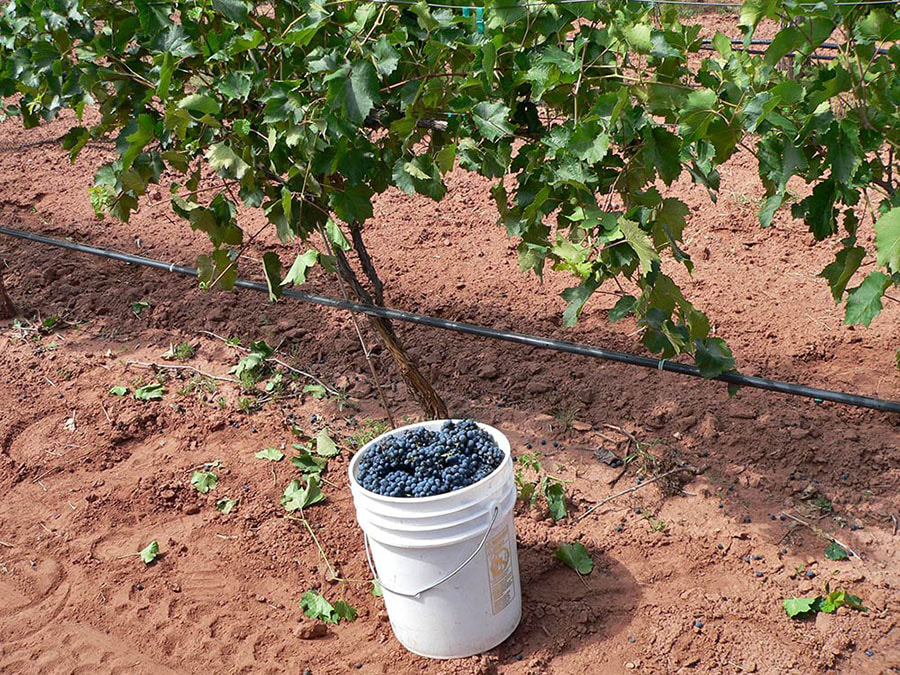
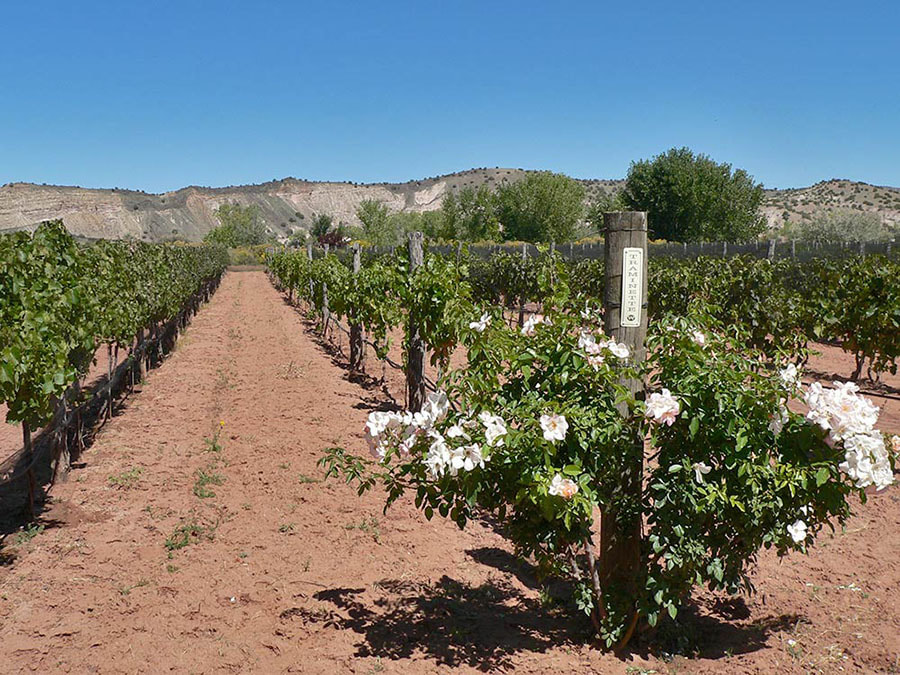
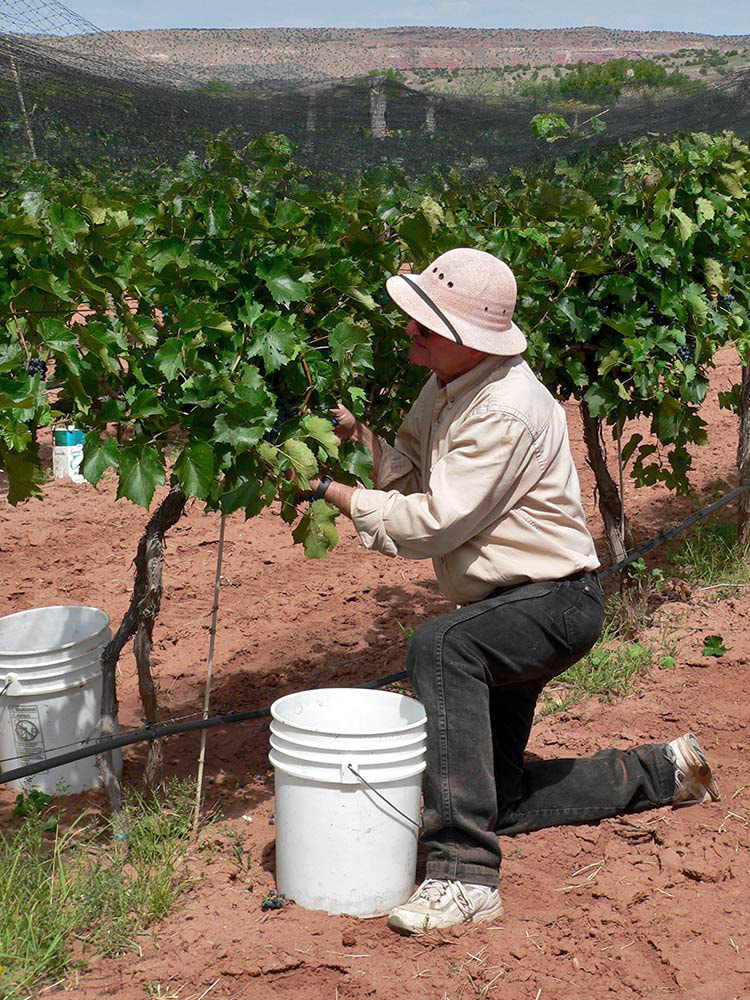

 RSS Feed
RSS Feed